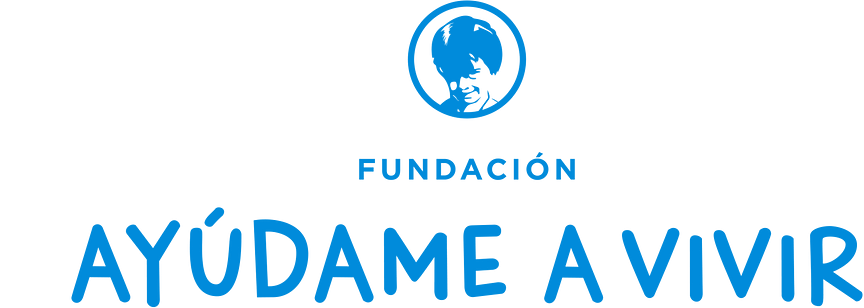Pediatric cancer patients face challenges that interfere with education. The COVID pandemic and political turmoil have worsened the quality of education. At this time, schools are returning to in-person education, on-line opportunities are closing leaving children with cancer behind. Their education is lacking, deficient, and demotivating. Children need additional help with education.
We have created a hospital-based tutoring program that aims to support children enrolled at regular school with their education by maintaining contact with schools and helping them keep up with schoolwork while children are at the hospital and online while at home. The process begins with patient's schools being informed of the tutoring program through a letter. Weekly guidelines, classes, homework, and evaluations are shared with the hospital´s tutors by the school teachers or parents. In addition to schoolwork, teachers can submit objectives and indicators as well as comments and requests for the tutor. Patients work with the tutors when they attend hospital appointments and during hospitalizations. The tutors help with school work, communicate with teachers to help understand the disease and treatment process, support with school planning and organization, and assist in the patient's return to school.
A systematic approach has been included by periodically assessing patient's educational status by the psychosocial team. This has allowed to support more patients by inviting them to the program. Also, this solution has been spreading by word-of-mouth among families and patients. Usually, patients ask for educational support. Although the tutoring has not been universal for lack of funds, we have used the knowledge of many of our teacher volunteers and have found this process to be motivating and helpful for patient students and their parents. We have also begun developing strategic alliances with three local universities to have education students as formal tutors at the hospital. Children who have worked with tutors report the tutoring as helpful for them.
With every patient start with an educational status assessment of the opportunities offered by the current school. If not available, refer to a hospital school program. If available, the team should contact the school, offer support, and request the teacher to share objectives and indicators every week so tutors can help patients achieve the curricular goals by helping with schoolwork and exams



